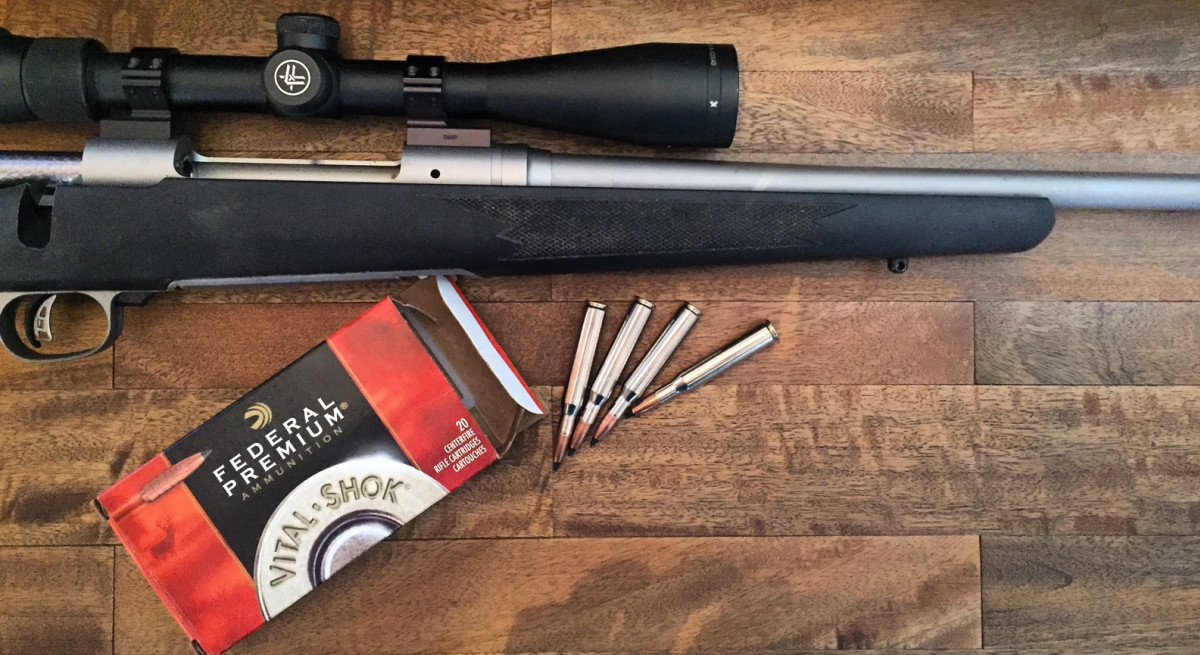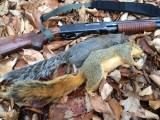
The subject of non-toxic ammunition has been a contentious issue with many hunters ever since the initial ban on lead ammunition for waterfowl hunting and only grew more controversial when the state of California banned lead ammunition for all types of hunting, and we receive a lot of questions here at MeatEater on the subject.
Steve does shoot lead ammunition on some hunts, but he has used non-toxic options successfully on everything from ducks to pigs and he’s constantly considering going lead-free. While I now hunt almost exclusively with non-toxic ammunition, it’s important to note that here at MeatEater we’re not condemning the use of lead or weighing in on regulations that could be considered restrictive by some hunters. Unless mandated by law, the use of non-toxic ammunition is a personal choice worth exploring further, especially from the perspectives of bullet performance and food safety.
For many hunters, there has been an ongoing concern about the terminal capabilities of non-toxic ammunition. Steel shot is condemned for a lack of deadly penetration and the excessive wound loss of waterfowl, while monolithic copper or copper alloy bullets have also been criticized for lacking the lethal expansion and fragmentation that result in quick kills on big game animals; however, ammunition manufacturers are constantly improving the performance of non-toxic ammunition, and its effectiveness in killing a wide array of large and small game can’t really be doubted any longer.
I’ve made the switch to non-lead ammunition for a variety of game species. Tungsten shot has proven deadly on wild turkeys and I’ve been very happy with .22 caliber copper bullets for rabbits. I had doubts about monolithic copper bullets reliably killing big game quickly but the Latvian Eagle, Janis Putelis, who knows bullets and hunting as well as anyone, convinced me to give them a try. This past fall, I killed a mule deer buck and a bull elk with Federal’s Trophy Copper bullet and each died extremely fast after a single shot through both lungs.
My decision to make the transition to non-toxic ammo was driven by my two young boys who eat a lot of wild game. Lead is known to cause developmental problems in children and builds up in the body over time. Because of my kids, I have developed understandable concerns with possible health issues linked to lead contamination in game meat. I’ve chipped a tooth or two on lead pellets over the years but never worried about lead contamination until recently. It seems the easiest way to avoid any potential risks is to use non-toxic ammunition.
It is important to note there has been no definitive evidence or data recorded that supports a direct link between lead ammunition and lead poisoning in people who consume game meat. Solid chunks of lead are not easily absorbed like the old lead compounds in paint or gasoline, but lead is a confirmed neurotoxin and x-rayed deer carcasses show that lead fragments can travel a longs ways from the bullet’s impact point. With this in mind, if you do choose to use lead ammunition, I think it is a good idea to generously trim meat around wound channels and do your best to remove any lead bullet fragments or pellets. Or better yet, get the lead out and start using non-toxic ammunition and enjoy your wild game meals without worry.
For detailed information on the use of non-toxic ammunition in hunting check out this informative article from the New York’s Department of Environmental Conservation: http://www.dec.ny.gov/outdoor/48420.html
Brody Henderson is a hunter, fly fishing guide, writer, wilderness production assistant for the MeatEater television show and MeatEater‘s editorial contributor.





